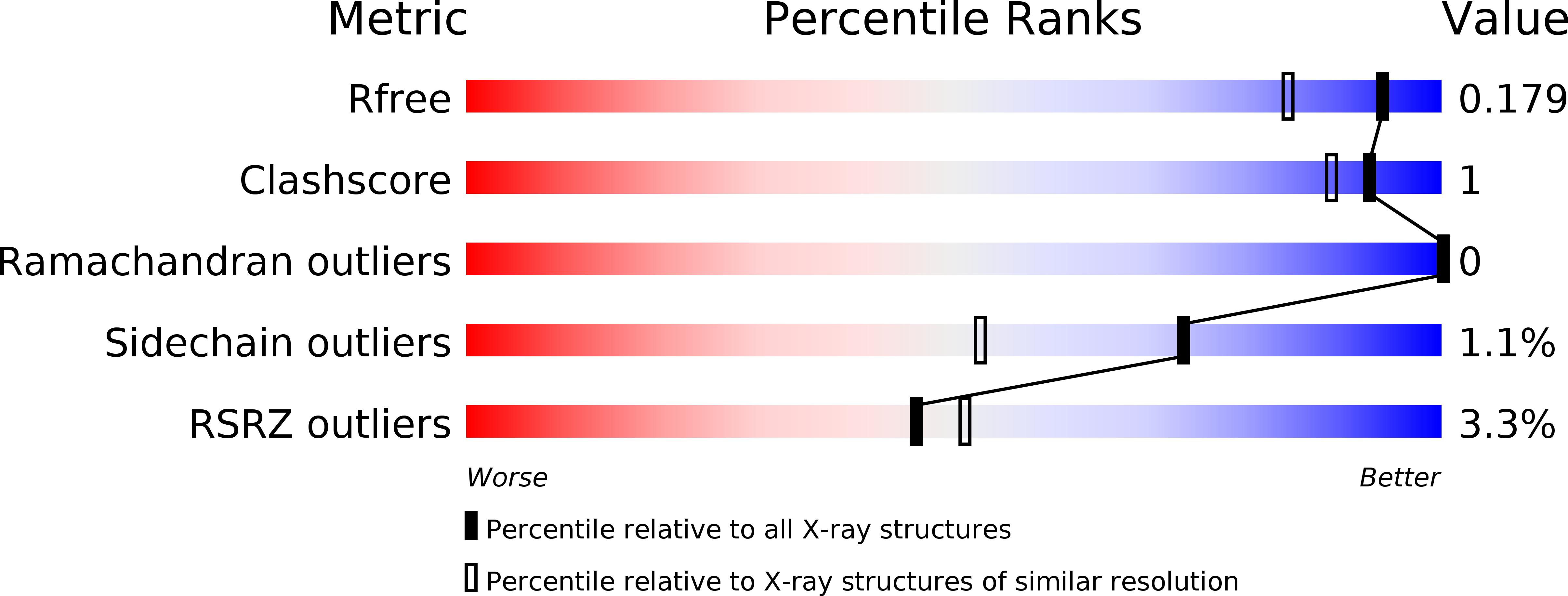
Deposition Date
2018-08-13
Release Date
2019-08-28
Last Version Date
2024-11-20
Entry Detail
PDB ID:
6HC1
Keywords:
Title:
Bdellovibrio bacteriovorus DgcB FHA in complex with phosphorylated N-terminal peptide
Biological Source:
Source Organism:
Bdellovibrio bacteriovorus HD100 (Taxon ID: 264462)
Host Organism:
Method Details:
Experimental Method:
Resolution:
1.49 Å
R-Value Free:
0.17
R-Value Work:
0.14
R-Value Observed:
0.14
Space Group:
P 65 2 2


